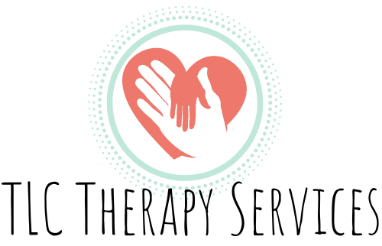
Dr. Seuss is renowned for his whimsical tales and clever rhymes. Beyond being fun, silly and entertaining, Dr. Seuss books have long been used to boost the skills of beginning or struggling readers. What you may not know is that his books are also a treasure trove for children needing to grow their speech and language skills. Reading Dr. Seuss books is a fun and easy way to target speech and language development during therapy and at home. Please keep reading for some of my favorite Dr. Seuss books to use during speech therapy and some tips for home practice activities.
Mr. Brown Can Moo! Can You?
This book is great for early language learners and children just beginning to speak. When speech or language is difficult, many children can become reluctant to attempt to imitate words. However, most children will try to imitate a fun or silly sound, especially if it’s modeled in an over-the-top or playful way. See if your child can imitate fun sounds such as ‘moo moo,’ ‘hoo-hoo,’ and ‘pop-pop’ while reading. Another bonus, many of these fun words use early developing sounds that very young children can usually produce.
Great Day for Up
This book is great for littles targeting the basic concept of ‘up.’ It’s also good for learning early vocabulary and categories. See if your child can name the items in the pictures or name the category of items. Try using a carrier phrase to help. When using carrier phrases the parent/caregiver starts the sentence and allows the child to verbally fill in the blank (‘I see a ____.’ ‘A bunny, worm and frog are all types of _____.’). Don’t forget an expectant look and to point to the picture when it’s your child’s turn to fill in the blank.
Green Eggs and Ham
The repetitive nature of this book makes it great for targeting rhyming and phonologial awareness. You can also target pronouns such as ‘I, you, me, them.’ This book only uses 50 words in total which makes it great for beginning readers, so let your early reader give it a try!
Wacky Wednesday
Wacky Wednesday is an excellent book to target critical thinking and problem solving as your child figures out what’s wrong in the picture on each page. Your child can also practice describing what’s wrong to improve their expressive language skills. (Ex: ‘What’s wrong in the picture? How should it be?’)
The Lorax / The Sneetches / Horton Hears a Who / Yertle the Turtle / Gertrude McFuzz / The Big Brag
So many Dr. Seuss books target lessons of morality and character building which are great supplements to social/pragmatic language teaching for older elementary school children. For example, Horton Hears a Who and The Sneetches emphasize accepting and caring for others who are different from you.
If your child needs to learn and practice the basic concept of opposites check out The Foot Book, One Fish, Two Fish, or Big Dog…Little Dog. Use almost any Dr. Seuss book to target inferencing practice by determining the meaning of made-up/non-sense words. All books provide excellent opportunities to answer WH questions (who, what, where, when, why) about characters and events. Many Dr. Seuss books use alliteration (when several words in a sentence begin with the same sound) and are excellent for articulation practice. These are just a few examples…there are really too many Seuss books and corresponding language practice opportunities to list.
Dr. Seuss books are not only fun to read but filled with learning opportunities for all children. Check out any Dr. Seuss book for language learning fun!
